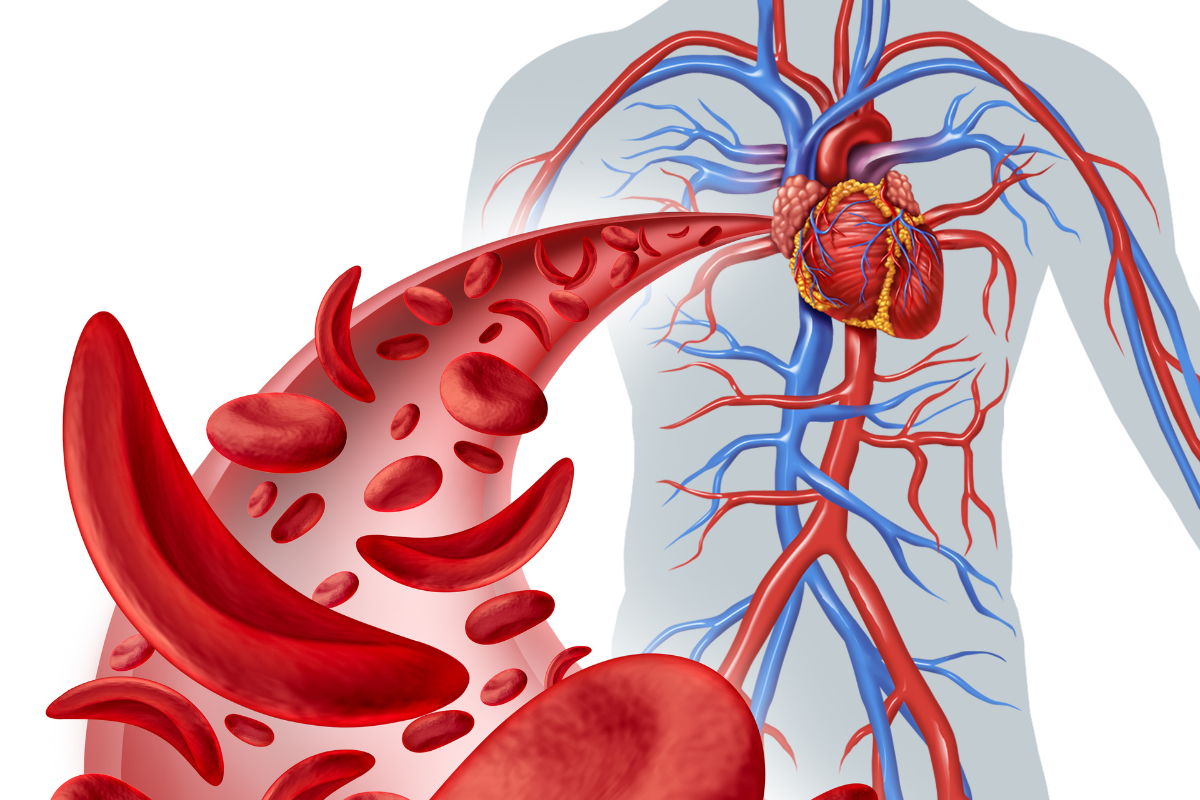Future Directions for Accelerated Upstream Bioprocessing

The valuation of the global bioprocessing technology market is set to reach 78.8 billion USD by 2031, accounting for a 4% share of the overall biotechnology market. Unsurprisingly, Demand for bioprocessing will increase at a CAGR of 14.8% over the forecast period of 2021 to 2031. Key market drivers include a growing industry focus on alternative medicines for tailored treatment, emerging production sites, and expansion of existing facilities.
The evolution of the biopharmaceutical and biotechnology industries has resulted in an unprecedented demand for improved and streamlined bioprocessing. With cell culture bioprocess technology being the most prominent type worldwide, this is a key feature of Oxford Global's Cell UK event. In 2021, key industry opinion leaders congregated in-person to discuss the current and future prospective of accelerated bioprocess development.
In this article, we hear from senior representatives including Susanne Richter, Associate Director of Downstream Process Development at Novartis; Damian Marshall, Vice President of Bioprocessing at Achilles Therapeutics; and Barry Wolf, Principal Research Scientist at AbbVie about emerging predictive technologies, strategies for increasing productivity, and minimising time and cost.
Overcoming the Challenges of Continuous Processes
Continuous processing refers to a manufacturing unit operation facilitating a sustained flow input for a prolonged period. Process intensification is the predominant driver behind the adoption of continuous processing in the pharmaceutical industry. The approach significantly reduces the capital investments required to establish manufacturing capacity.
Other economies include reduced cycle times, waste production, and material and energy consumption. Continuous processing enables and increases access to a diverse range of technologies. However, it is not without its challenges or essential consideration.
- Applications of Digital Twins in Refining Development Timelines
- Next Generation Cell Culture Process Development
As Susanne Richter, Associate Director of Downstream Process Development at Novartis puts it, “there are numerous particularities of continuous processing depending on the setup of the standard process development such as the requirement for a high degree of automation and exemplary skilled workforce.” Lab associates must obtain a specific skill set to accommodate accelerated development procedures and strategies.
The operation administration must adopt a flexible approach to implement streamlined techniques. Quality by design concepts and modelling approaches must remain at the forefront of development whilst initiating cost-effective intensification. “For example, at Novartis, we are having to adopt a full-capacity approach to chromatography resins to achieve that optimised workflow,” Richter divulged.
Flexible facility management can similarly help overcome the hurdles and pressures of scale-up. According to Richter, “when it comes to manufacturing strategies for continuous workflow, it is more a case of scaling out than scaling up.” This means “the multiplication of facility setups at either one or numerous different locations.” Scalable processes increase the delivery rate of therapeutic production.
Process Analytical Technologies: A Trending Tool Set
Process Analytical Technologies (PAT) are increasingly being adopted across the biopharmaceutical industry. The FDA released official guidelines on PAT in 2004, defining the toolset as a mechanism to design, analyse, and control pharmaceutical manufacturing processes by the measurement of significant process parameters that affect critical quality attributes of an active pharmaceutical ingredient.
Damian Marshall, Vice President of Bioprocessing at Achilles Therapeutics, attests to the mechanism's value, stating, “I'm a big supporter of process analytical technologies and the impact that they could potentially have for cell therapy manufacturing.” PAT can facilitate a consistent objective and diversity of approaches for pharmaceutical companies conducting high volume manufacturing.
Process intensification is the predominant driver behind the adoption of continuous processing in the pharmaceutical industry
Nevertheless, PAT can be difficult to initiate as there are several competing factors that must be addressed. “It can take a long time to implement and integrate into routine use; it is not an overnight process,” Marshall explains. “One solution to accelerate PAT integration is to closely observe the current parameters of biopharma manufacturing and then use it as a blueprint to accelerate bioprocessing,” he continued.
Overall, the positives appear to outweigh the negatives. Integral to PAT initiation is the potential to control variability to achieve more consistent manufacturing. The ability to “monitor and operate control mechanisms into development processes is extremely important and beneficial” Marshall identifies as one of the primary benefits of PAT.
Scale-Down Models in Upstream and Downstream Processing
Scale-down models refer to a scientifically justified model used to predict the quality and support the extrapolation of operating conditions during process development. The development of the model needs to accurately represent and account for predictive scale effects of the proposed commercial process. This application provides a valuable means to accelerate upstream and downstream processing in cell and gene therapy.
Scale-down models are vital for rapid development and, as Barry Wolf, Principal Research Scientist at AbbVie claims, “can significantly decrease the amount of time spent discovering viable processes.” Another advantage is that small scale models provide a degree of crisis management, allowing for the pre-emptive identification of performance issues before drug candidates reach large scale production.
“One solution to accelerate PAT integration is to closely observe the current parameters of biopharma manufacturing and then use it as a blueprint to accelerate bioprocessing”
Wolf agrees, stating that “the skeletal model is so important because you can identify potential problems early one versus discovering them later.” He continued: “should there be a problem in the small-scale testing, say with metabolic performance, there is no need to go back to the drawing board as there is ample opportunity to address it.” Small scale modelling also provides a thorough and robust understanding of the structural relationship and how to improve bioprocessing conditions.
Final Thoughts
Other development areas for streamlined bioprocessing include employing biosimilars to counteract cost-pressures of manufacturing and a toolbox approach. High throughput systems similarly provide streamlined support with protocol analysis. These fully automated software technologies supply targeted measurements, remote monitoring, additional data, and the ability to intervene if necessary.
Bioprocessing is on the cusp of achieving market dominance. Innovation is happening, investments are flowing, and manufacturing is intensifying. Despite occupying a niche domain in the biotechnology field, cell and gene therapy are paving the way for the next generation of bioprocessing, one technological venture at a time.
Want to find out more about the latest cell therapy news? Register now for Oxford Global's Cell UK: In-Person event to advance your understanding of cell-based products to ensure clinical and commercial success.






